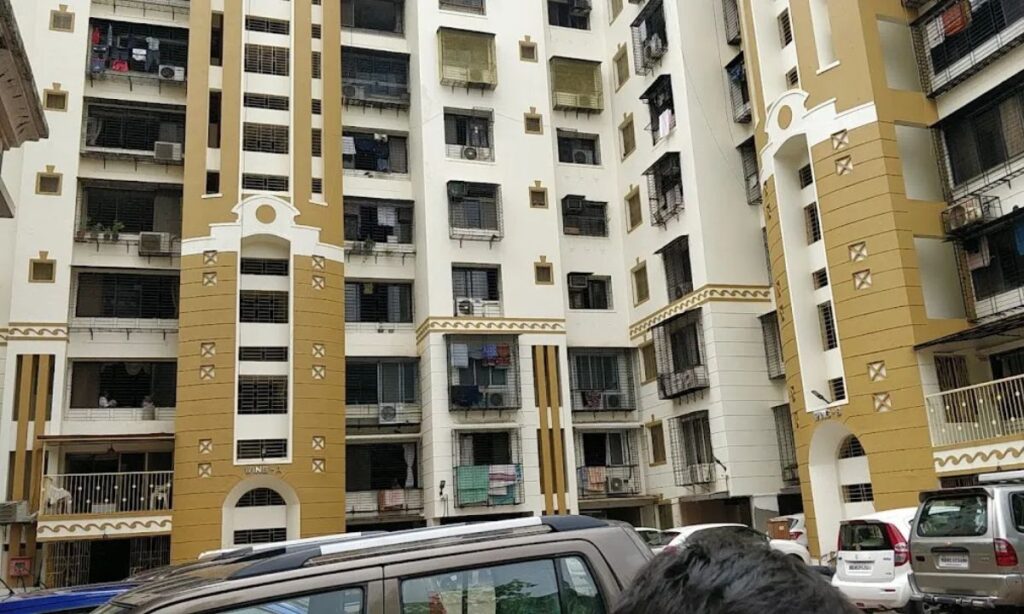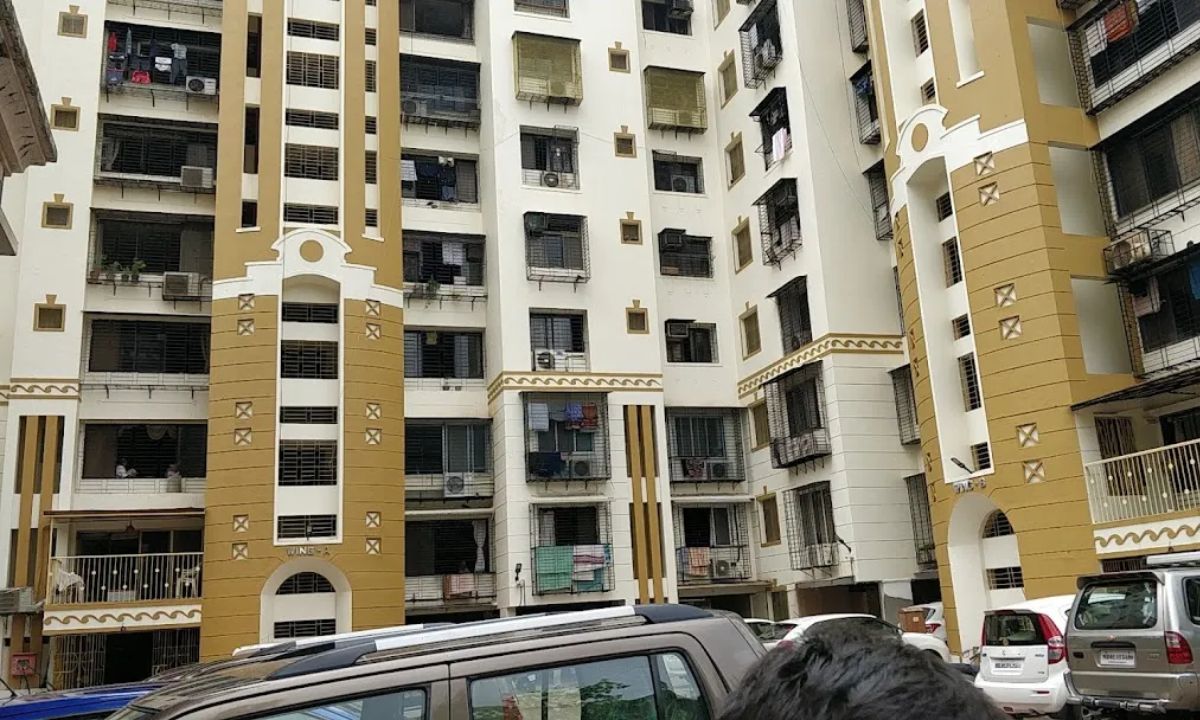In a significant move poised to impact lakhs of housing society residents, the Maharashtra government has proposed a set of revised rules for cooperative housing societies aimed at simplifying operations, empowering members, and enhancing transparency. As per a report by Hindustan Times, the draft rules promise reduced financial strain on residents, modernization of procedural norms, and streamlined redevelopment processes.
These proposed changes come at a time when many housing societies in cities like Mumbai and Pune are navigating complex redevelopment needs and member disputes. Here’s a breakdown of the most notable reforms.

🏠 Key Highlights of Maharashtra’s Draft Housing Society Rules
1. Reduced Interest on Member Dues
The proposed rule slashes the penal interest rate on outstanding member dues from 21% to 12%, easing the financial burden on residents facing payment delays.
“The interest cap is a long-standing demand from members who have felt penalized heavily in times of genuine distress,” said Kiran Sonawane, Deputy Registrar, Cooperation Department.
2. Simplified Redevelopment Loans
In a significant boost to redevelopment efforts, societies will be allowed to raise loans up to 10 times the land cost. This will help facilitate self-redevelopment and offer stronger negotiation leverage with developers.
3. Digital-Friendly AGMs with Safeguards
Annual General Meetings (AGMs) may now allow virtual participation, promoting accessibility. Quorum requirements will be set at two-thirds of the members or 20 members, whichever is lower. Key decisions will require a simple majority (51%).
- AGMs related to redevelopment must be video-recorded to ensure transparency.
4. Rights for Nominees as Provisional Members
A new category of “provisional members” is being introduced, allowing heirs or nominees of deceased members to vote and participate in society matters even before the legal transfer of ownership is completed.
5. Standardization of Charges and Mandatory Funds
The draft rule introduces a standardized structure for maintenance and other charges:
- Common service charges to be equally split among all flats.
- Water charges to be based on the number of taps in a flat.
- Societies must contribute annually:
- 0.25% of construction cost to the Sinking Fund.
- 0.75% of construction cost to the Repair & Maintenance Fund.
“By incorporating these provisions into formal rules rather than just bylaws, we are granting them legal sanctity,” added Sonawane. “This move is part of our broader goal to make housing society governance simpler and more accountable.”
📊 Quick Summary Table
| Aspect | Proposed Change |
|---|---|
| Interest on Member Dues | Reduced from 21% to 12% |
| Redevelopment Loans | Up to 10× land cost |
| AGMs | Virtual allowed, recorded if redevelopment-related |
| Nominee Rights | Voting rights for “provisional members” |
| Maintenance & Reserve Funds | Standardized charges + mandatory annual reserves |
🗣️ Official Quote
“Once the rules are finalised, we will reframe the bylaws to simplify them. Many clauses, such as charges of sinking and repair funds, were already in place—but formalising them in the rules gives them legal backing,”
— Kiran Sonawane, Deputy Registrar, Maharashtra Cooperation Department
❓ Frequently Asked Questions (FAQ)
1. What is the new interest rate on member dues?
The draft proposes reducing the penal interest on unpaid dues from 21% to 12% annually.
2. How much can a society borrow for redevelopment?
Societies will be permitted to borrow up to 10 times the value of the land for redevelopment projects.
3. Can AGMs now be conducted online?
Yes, virtual AGMs are allowed under the draft rules. However, if the AGM involves redevelopment, it must be video recorded.
4. What is a ‘provisional member’?
A “provisional member” is a nominee or legal heir who can vote and participate in society decisions before the ownership title is legally transferred.
5. Are societies required to maintain specific reserve funds?
Yes. Annual contributions must include:
- 0.25% for a Sinking Fund
- 0.75% for a Repair & Maintenance Fund, both calculated on the building’s construction cost.
